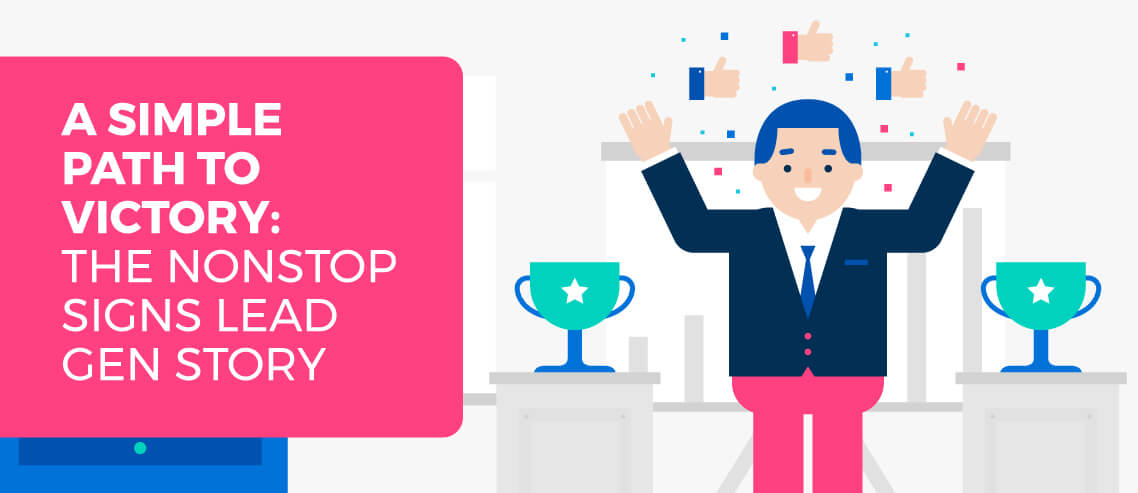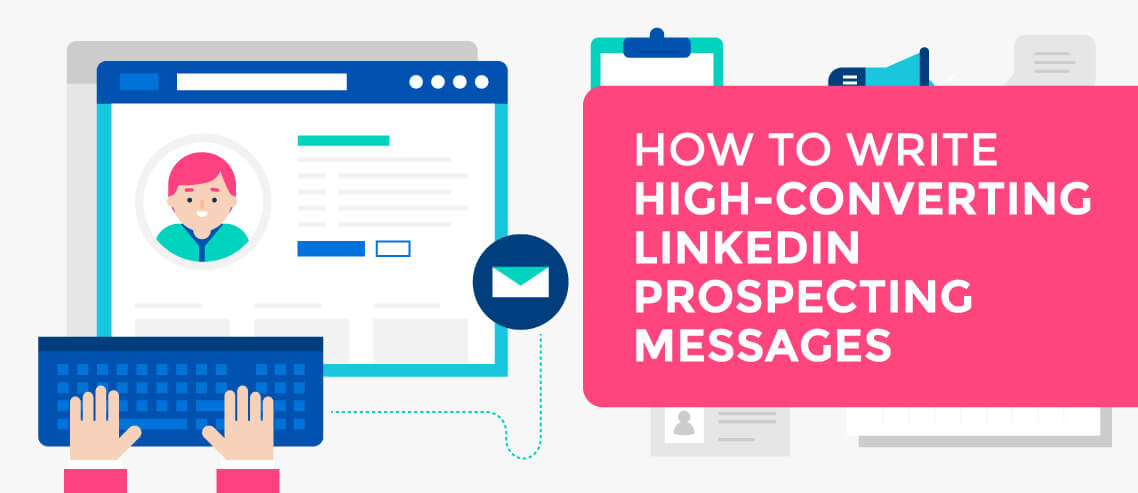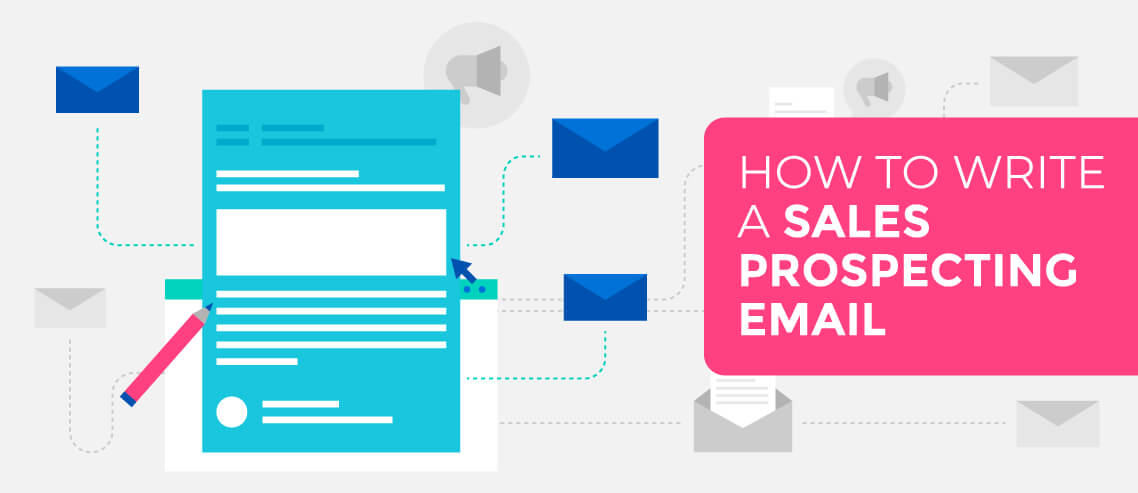5 Things Our Most Successful Customers Are Doing and WHY You Should Do Them, Too
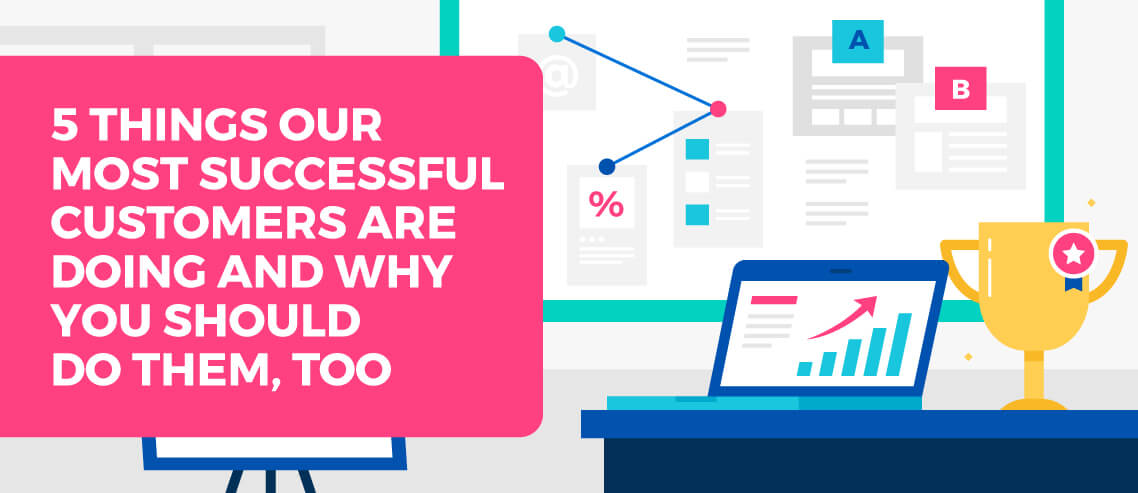
Contents
You may already know that email gives you one of the biggest bangs for your buck. Lead nurturing emails generate about 5% more clicks than general emails, and result in 20% more sales opportunities. To top it off, nurtured leads will spend 47% more than non-nurtured leads.
But have you ever wondered what salespeople are doing to achieve these results?
Here’s a closer look at five things our most successful customers here at Mailshake are doing to improve their cold email outreach, why you should be doing them too, and how to implement them.
1. They Follow Cold Email Deliverability Best Practices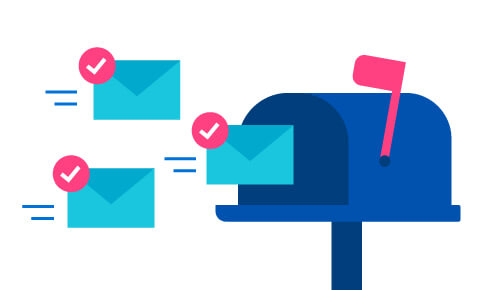
Your first priority should be to get your emails delivered. Prospects can’t open what they don’t receive, so it’s essential you make efforts to boost your deliverability rate.
The tricky part is that it takes more than just the correct email address to make this happen.
Internet service providers don’t want to inundate their users with spam, so they have measures in place to filter out “bad” messages. This is a positive thing, since spam accounts for 45% of all emails. But there’s definitely a chance your email could be mistaken for spam and never make it to your recipient’s inbox.
Following these cold email deliverability best practices will optimize your delivery success:
Avoid Abuse Reports
Email users can mark messages as spam, which results in an abuse report against the sender. This is why it’s important to only email those who are likely to be interested in your message. Scrub your list and target your prospects carefully to reduce your chances of being marked as spam.
Choose Your Words Carefully
Salesy text, bold words, all-caps, and dollar signs will almost guarantee you a trip to the junk mail folder. If your message looks like spam, your recipient (and their email provider) will think it is.
Limit Links and Images
Viruses hide in images and links, so emails that contain lots of them will send up red flags. Stick with two links and one image per email, tops.
Make It Easy to Opt Out
It’s better to have your users opt out of email rather than mark them as junk mail. Make it easy for them so they’ll choose this option over one that could harm your reputation.
Optimize Your DNS Records
Your Domain Name System (DNS) tells email providers a lot about who you are. Optimize your Sender Policy Framework (SPF), DomainKeys Identified Mail (DKIM), and Domain Message Authentication Reporting and Conformance (DMARC) to get past the gatekeeper.
2. They A/B Test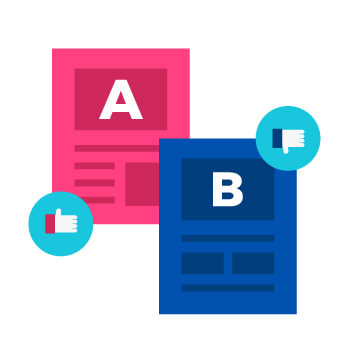
If you’re not getting results from your cold outreach campaign, you know something’s not working and you need to make changes.
But what about when your emails seem to be working? It might feel counterintuitive to change what you’re doing if you’re getting responses, but A/B testing is the only way to see if you can improve your response rate.
Companies that excel at cold email outreach never stop evolving their campaigns. They continue testing to see what gives them the best results so they can create predictable, repeatable success.
There’s an art to A/B testing. Follow these best practices to get the most from the process:
- Keep your A/B testing simple – test one element at a time so there’s no doubt about what is changing your results
- Make your variations noticeably different (e.g. subject lines and calls to action, not text colors and signature fonts)
- Don’t declare a winner or loser too early – take time to analyze your campaign to find out what really made one email stand out over another
- Never stop A/B testing – just because something works doesn’t mean it’s the best it can possibly be
3. They Personalize Every Message
Targeted messages get a lot more opens, engagement, and conversions. After all, no one wants to feel like just another fish in your net.
People want to feel special, and for that, you need to do your homework and know at least the basics about your recipients.
To start, add custom lines in your CSV. Personalizing an email goes beyond using a first name (or worse, a first and last name that looks too formulaic). You can use custom fields to segment your list and personalize your emails the way you want.
Also, be proactive in collecting data that can help you personalize your messages beyond a name. Things like their birthday, favorite color, social profiles, decision-making status, or buying habits can come in handy, but don’t stop there.
This infographic from VentureBeat should give you some insight into what other marketers and salespeople want to know about their prospects:

4. They Have a Follow-up Process
In an ideal world, prospects would answer the first time you call, and interested prospects would convert on the spot. But that’s rarely the case in sales.
Research shows that 80% of prospects say ‘no‘ at least four times before saying ‘yes’, but roughly 44% of salespeople give up after just one follow-up. Combine that with having to make an average of eight calls just to get your prospect on the phone, and it’s no wonder sales can be an uphill battle.
The sales reps that follow up a minimum of five times are ending up with 80% of the sales. When you have a strong follow-up strategy in place, it’s more likely to become second nature to you, instead of an afterthought.
Like A/B testing, there’s an art to effective email follow-up. First and foremost, you need a process to guide your actions. Creating this process early on will take the guesswork out of tricky questions, such as:
- How many times should you follow up?
- What you do say with each follow-up?
- How far apart should your outreach attempts be?
Having a process in place helps ensure that any follow-up attempts don’t fall through the cracks. Also, crafting your follow-up emails ahead of time ensures you’re presenting consistent messaging without falling into pushy, aggressive tactics. Busy sales reps who compose emails on the fly might not pay as much attention to how their words come across.
For example, phrases like “Just checking in” or “I know you’re busy and don’t want to waste your time” do nothing to get the prospect excited about emailing you back, nor do they show you value the prospect’s time.
Instead, you want to continue delivering value to your prospects, even if you’re just following up. Personalization can help add value, but more importantly, you should focus on giving the prospect something to take away from every interaction. A recent blog post, video demo, or other collateral can easily accomplish this goal.
5. They Use an Omnichannel Approach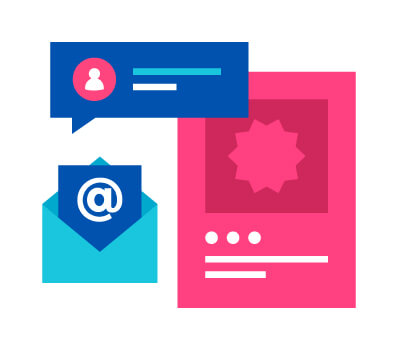
To stand out from the crowd, you need to be noticed and remembered. While email may be your go-to for communication, interacting through different channels gives you more ways to connect and follow up with prospects and stay top-of-mind.
Think about it: people don’t spend all day in their email inboxes. They’re scrolling through Twitter and making connections on LinkedIn, and if you can join them where they already are, you’ll be more likely to make the meaningful connections you desire.
And, diversifying your touchpoints gives you a better chance of sparking a conversation. Relying solely on email follow-ups limits you to the time your prospects are spending in their inbox. Instead of sending five follow-up emails, you could send two emails, make two phone calls, and reach out on social media to create awareness, build consistency, and encourage a response.
Mailshake’s Omni Plan makes it easier to incorporate an omnichannel approach, plus it includes A/B testing, list cleaning, and conversion tracking to help you get more from every interaction.


